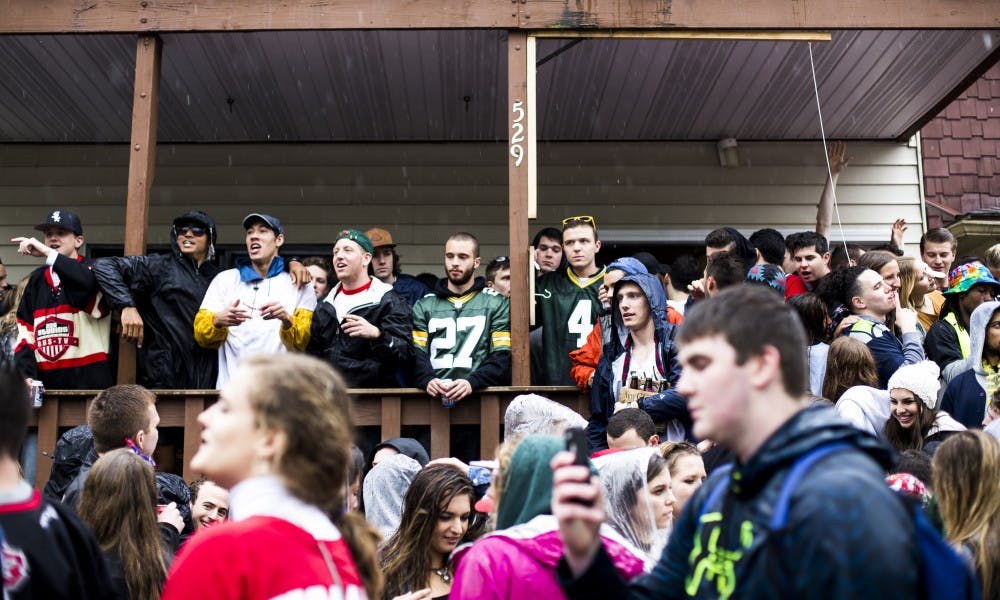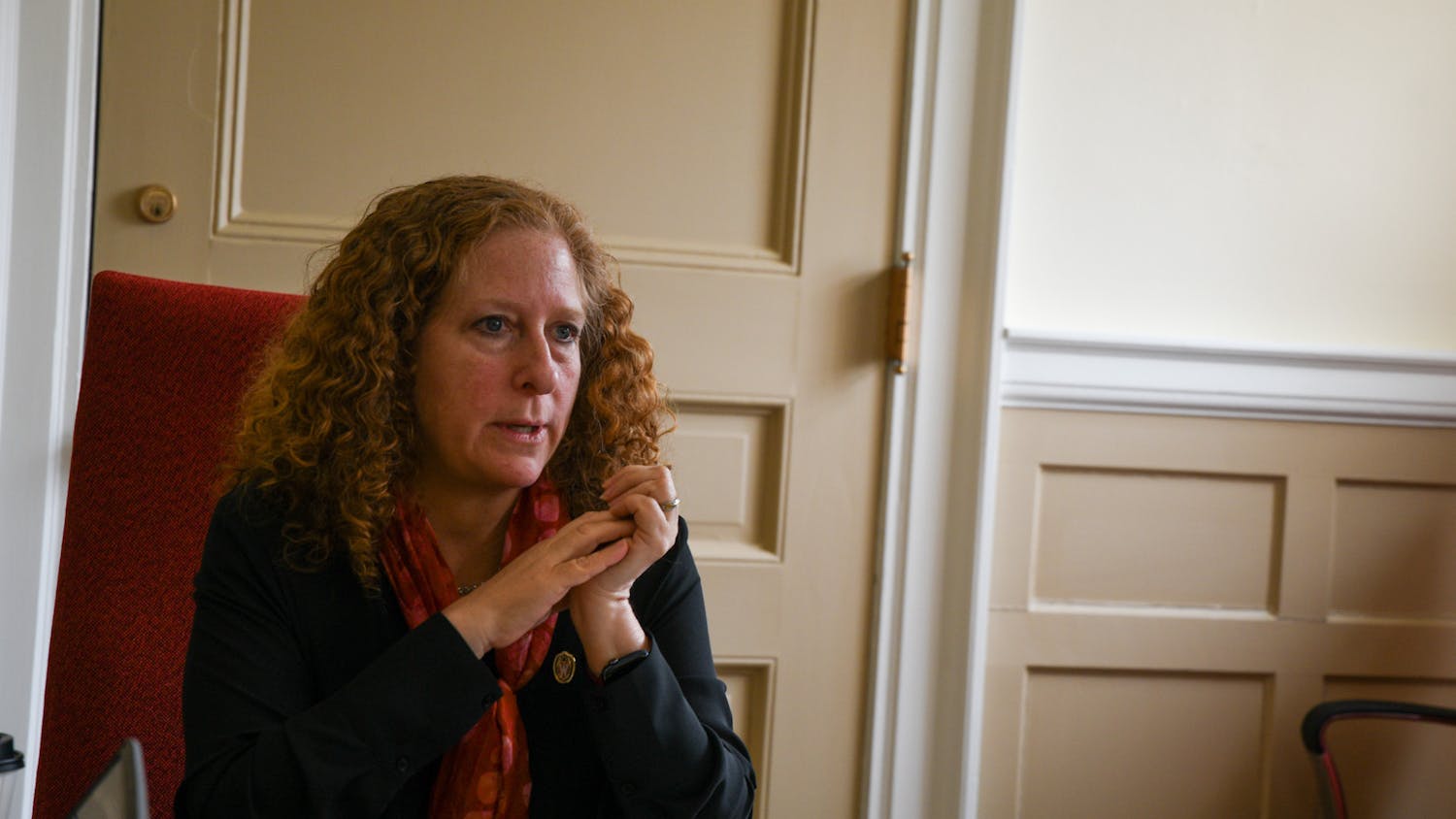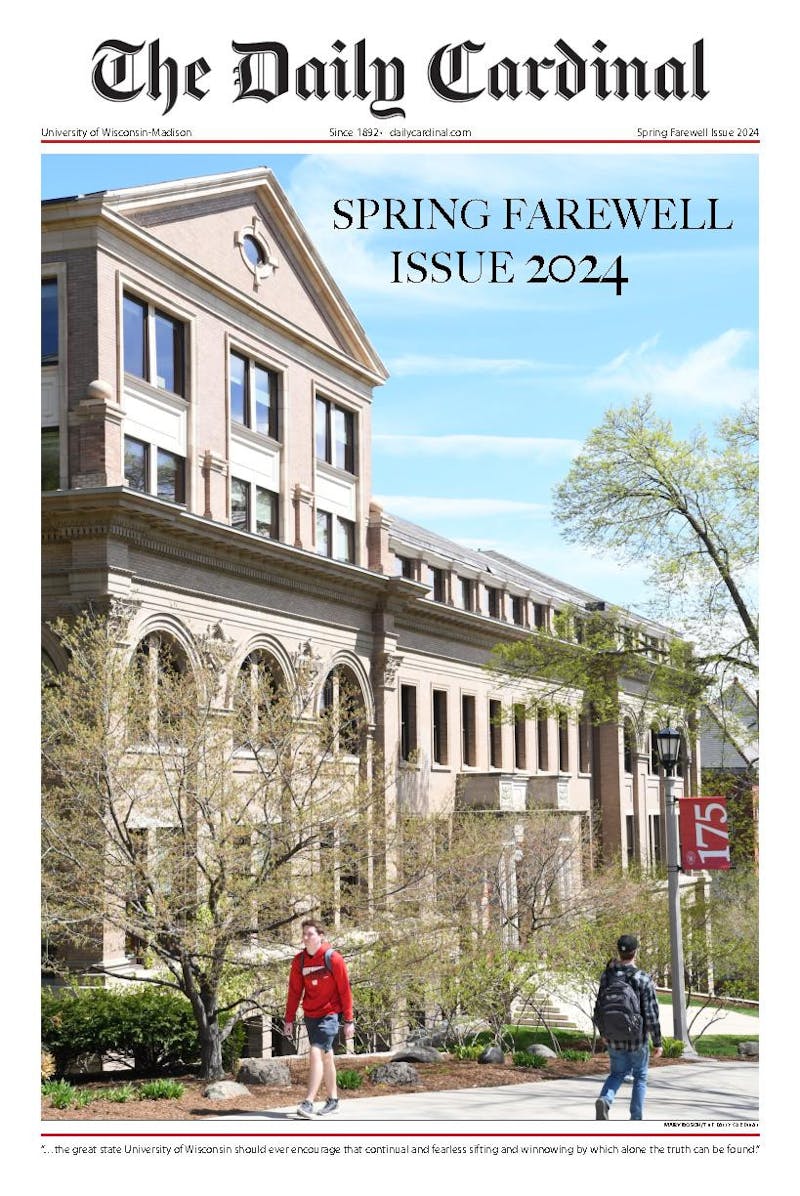There’s no shortage of alcohol-soaked traditions at college campuses across the country, even within the UW System—whether that’s Oktoberfest at UW-La Crosse, UW-Whitewater’s Spring Splash or the biannual pub crawl in Oshkosh.
And for every event, there are dozens of guidelines, strategies and campaigns in place to educate students about the risks they take when engaging in heavy drinking.
But those at UW-Madison who seek to promote healthy habits face hurdles other UW System schools do not.
The university has more than 43,000 students to watch over, and 200-plus places nearby where those students can purchase alcohol—a situation that Alcohol, Tobacco, and Other Drugs Prevention Coordinator Reonda Washington says is a different beast from that of UW-Oshkosh, where nearly every bar is located in a strip right across campus.
Even drinking cultures at other Big Ten institutions, which have more comparable student populations, do not measure up in quite the same way.
UW-Madison topped the Princeton Review’s most recent ranking of the nation’s party schools and clocked in at No. 1 and No. 5 for the Review’s lists on beer and hard liquor consumption, respectively. It has also been featured in several “I’m Shmacked” videos celebrating collegiate binge-drinking.
Despite the differences, communication within the system and with peer institutions about what works with alcohol policies is common.
“We do check in at least once a semester, and sometimes there are campaigns, sometimes we do trainings, and all of us get together from all of the UW System schools if we can,” Washington said of the system’s AODA coordinators. “If not, we have really long phone calls.”
Those phone calls also occur between the Big Ten schools, six of which share data from the educational program AlcoholEdu students are required to complete prior to beginning school. UW-Madison is the only UW System school to participate in the program.
Although specific data is not allowed to be published, Washington did disclose other information that she’s learned from a few years of comparisons—like the fact that pulls, drinking directly from a hard liquor bottle, are a much more common practice at her university than others in the Big Ten. She said this is just another example of how it’s best to tailor alcohol policies and strategies to specific campuses.
The UW System does not currently have an overarching policy on how its schools should regulate alcohol and other drugs, allowing each campus to evaluate its own needs and craft resulting guidelines.
The approach gives schools freedom to implement tougher policies, like UW-Stout’s smoke-free campus, or less stringent policies as they see fit, according to UW System AODA Coordinator Sal Carranza.
“We move forward policies, guidelines that our campuses can use, and it’s up to each campus to develop their own,” Carranza said. “As it should be.”
That campus-based, individualized structure stems from the system’s 2001 document developing principles for AODA education, which looks different at each school—often depending on resource allocation.
Although each university in the system has an AODA coordinator, for several of them, looking after students’ dealings with alcohol is not their only job.
While Washington’s primary job at UW-Madison is to assess and seek out best practices for education around alcohol and other drugs, she explained smaller schools must split their time. At UW-Whitewater, the position is 50 percent AODA and 50 percent Wellness Coordinator, for example, and at UW-Stevens Point, it’s half AODA and half interpersonal violence prevention.
“In the budget crunch we’ve seen in the past few years, many of the other campuses had to consolidate and eliminate positions,” Carranza said. “That creates a little challenge for them to be able to do as good of a job as they wish they could do.”
Still, Carranza stressed the willingness of not just AODA coordinators, but also faculty, staff and students to promote a safer drinking culture on their campuses. He said each time a committee is created to assess alcohol and drug usage, all those populations are represented.
But while approaches differ campus-to-campus, Carranza said the overall goal is always the same: educating students about their drinking habits and providing easy-to-access resources for times when those habits may get out of hand.
And schools do tend to share campaigns and strategies, helping each other with modifications to fit different needs.
UW-Milwaukee’s AODA Coordinator Susan Cushman, who said she employs a “combination of strategies” to address misuse of drinking and drugs on her campus, also mentioned the help that network provides.
“Often there is only one AODA coordinator on a campus,” Cushman explained. “So the ability to connect with professionals who are in similar roles from across the UW System is helpful for benchmarking, discussing trends and issues, sharing ‘lessons learned’ and offering support to one another.”
For example, Washington said after she presented findings from UW-Madison’s Color of Drinking survey at a national conference, she spoke with Cushman about how the survey could look at a different campus.
She also acknowledged that UW-Madison’s strategies and guidelines on alcohol and other drugs have positively affected student behavior even in the last few years. For example, AlcoholEdu debuted on campus in 2013, and she said since then, data has shown a 5 percent reduction in high-risk drinking.
“I think we’ve made some great strides, prevention-wise,” Washington said. “There’s still things we need to do, and places we need to go, and things we need to work for. But as a university, I feel like we’ve made some great strides.”






